Mission NURO – down with passengers, provide the teleport of goods!
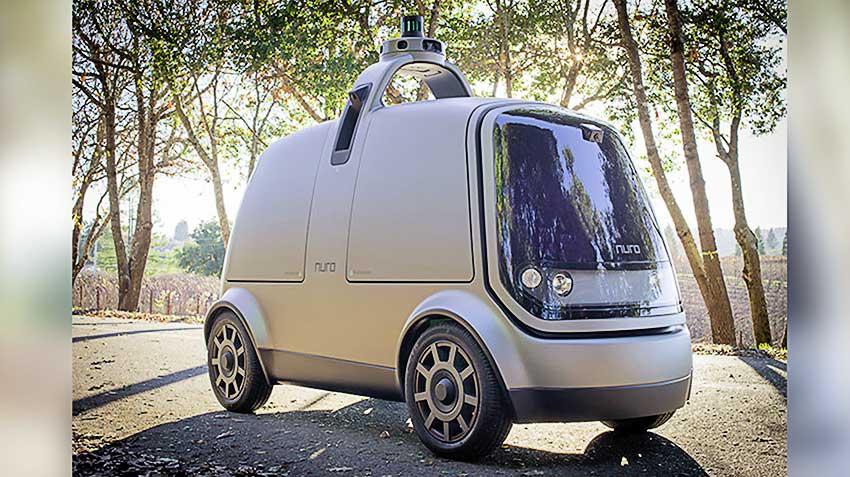
Compact robot van Nuro R1 – unmanned delivery of goods

Two engineers Dave Ferguson and Czaszyn Zhu, already adept at participating in startups in Silicon valley, for example, previously worked in the program Google Self-Driving Car Project which is now called the Waymo, in 2016 began to build his own team, which included immigrants from such powerful companies like Apple, GM, Tesla, and Uber, as well as graduates from the leading universities like Harvard, Berkeley, Stanford and others.
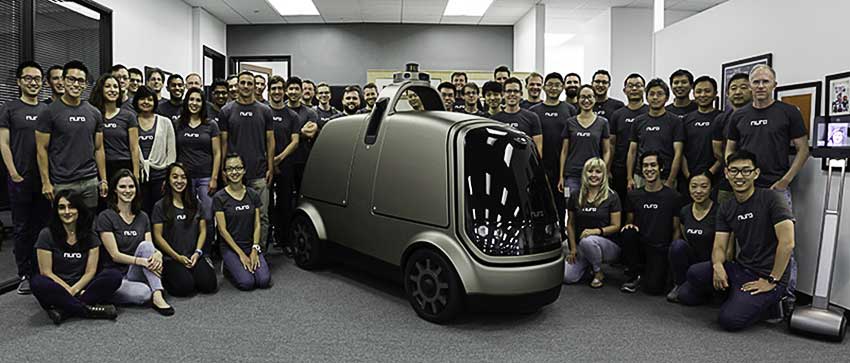
Friends managed to raise $92 million in venture capital from funds Banyan Capital and Greylock Partners to create a project NURO. Last week was presented the first prototype robot van Nuro R1.
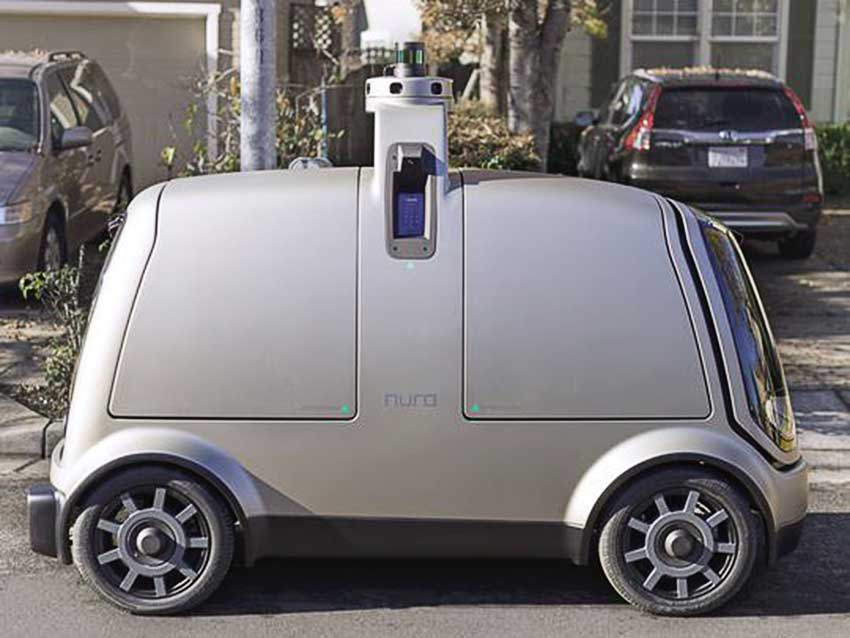
The main difference from analogues has become a fundamental absence in this electric seats for the driver and passengers, as he is imprisoned solely for the need of delivery services. This windshield saved, so that drivers neighboring machines in doroin the traffic was too shy at the sight of this strange machine, resembling a giant electrical appliance. It's funny that even in the nineteenth century for the same purpose – not to embarrass others horses on the first camobogia stroller naively hung the fake horse head.
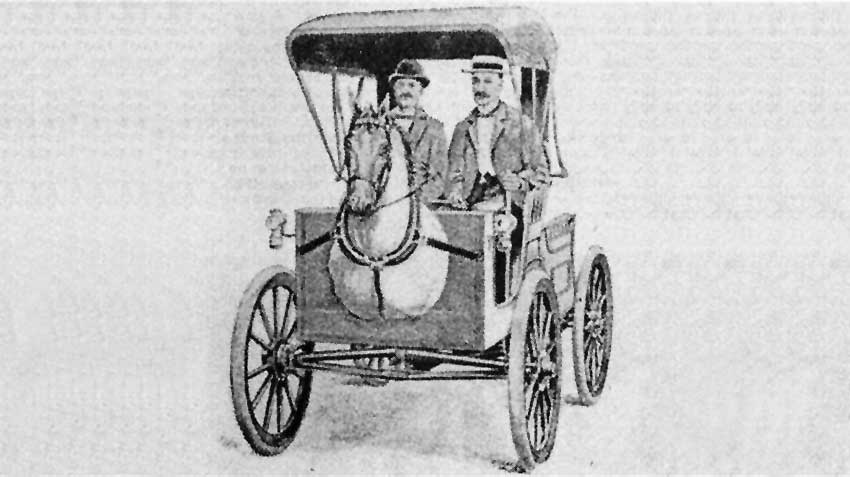
– "Horseless carriage" model 1899 with a fake horse's head – a direct allusion have lonelobogb glass Nuro R1
Your ability to create such innovative technology Mr. Ferguson appreciates highly enough: "As a veteran of robotics, consumer electronics and unmanned vehicles, we can do anything at any time and in any place."
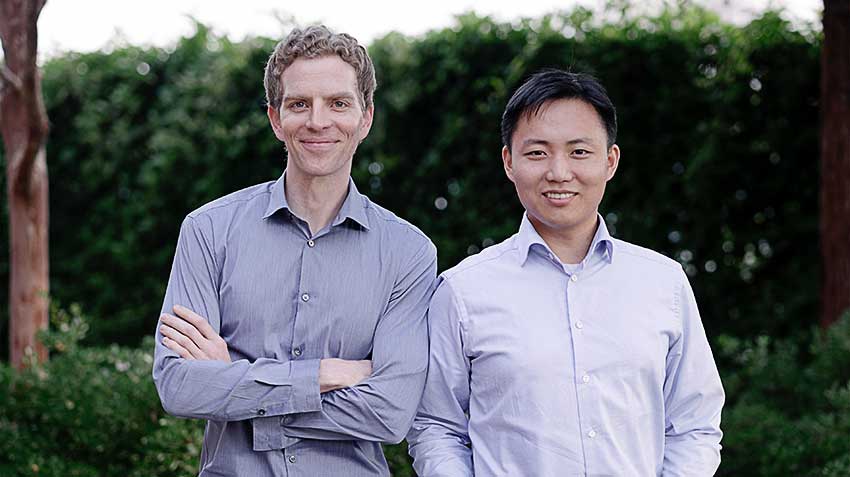
In addition to transportation of parcels, by simple change of the configuration of the body, R1 can be turned, for example in mobile point of sale, equipping, refrigerator and(or) stove.
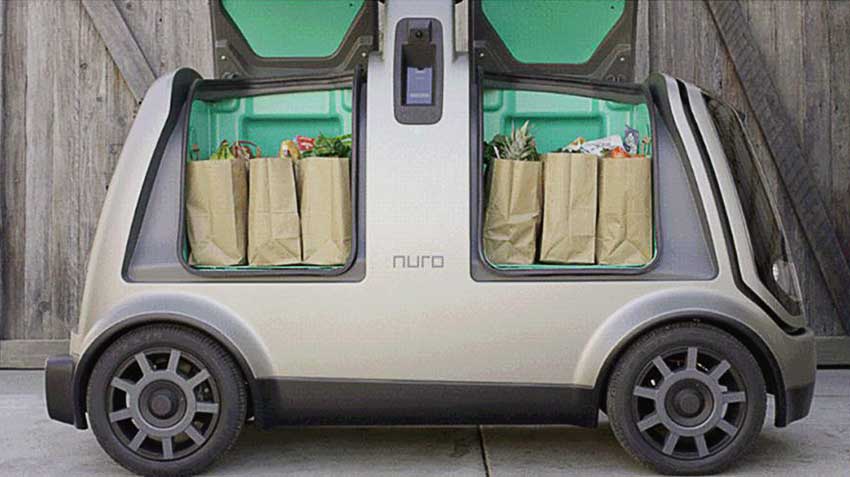
According to its transport functions R1, equipped with all the gentlemanly set of radar, sonar, and lidar, is an equal partner in the traffic, observing traffic rules (what cannot be said about all the pedestrians and the drivers), i.e., on the sidewalks he ride despite its compact dimensions: R1 on the shoulder of a man of average height and width of little more than a meter.
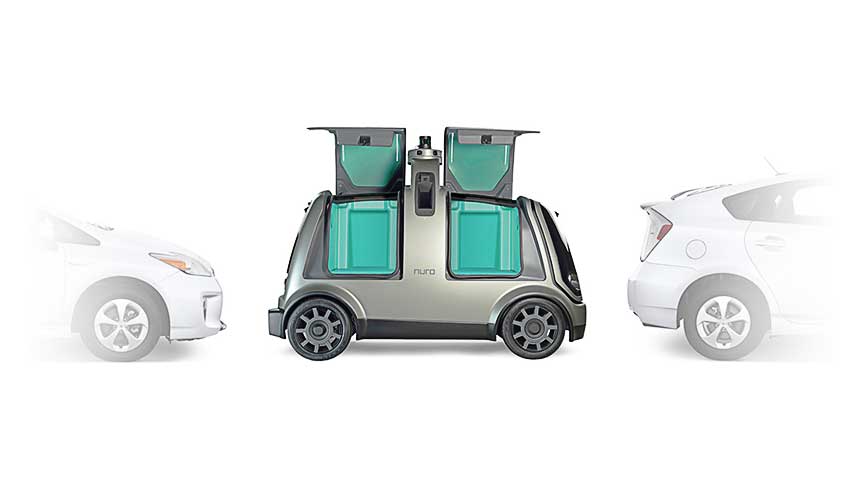
But according to Dave the refusal of the carriage of passengers allowed to eliminate a number of problems in the design and operation roboactor Nuro R1, which was created in just 18 months. Now the company Nuro is looking for potential partners for the organization of serial production and hopes soon to find them. Among them can be such giants of online Commerce like Amazon or UPS, whose turnover exceeds tens of millions of parcels per day. Similar projects and create a more venerable firms, such as Toyota showed a concept the concept of e-Palette (there are more "narrow" projects for warehouses, for example, developed by FM Logistic [https://rim3.ru/comauto/news/fm-logistic-opredelyaet-trendy/]. In development are unmanned delivery platforms Ford, GM and SURUS Rinspeed Snap. And yet, even on this powerful background staropolska Nuro stands out a radical rejection of passenger traffic.
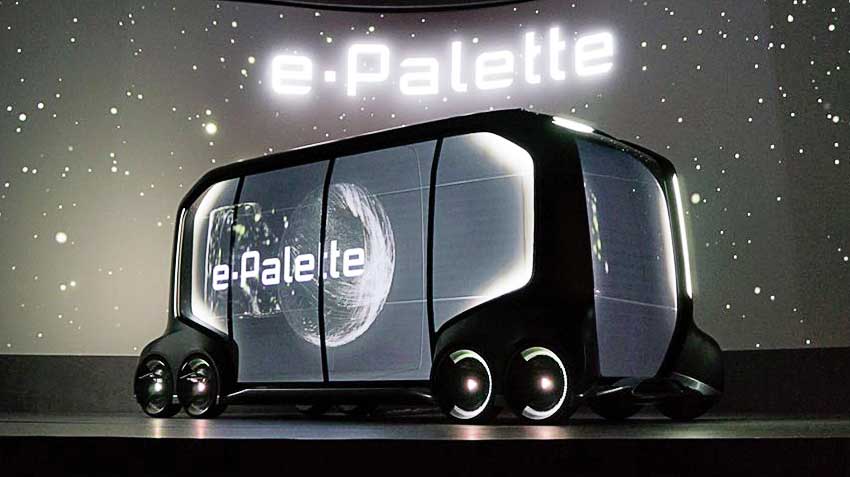
– The concept of universal freight and passenger drone Toyota e-PALETTE is much bigger, but Nuro R1 have an important advantage – compactness and cheapness
However, the inability to drive on the sidewalks Nuro R1 for the future also can not be less, because in the case of delivery from door to door "the battle for the last 100 feet" can be crucial. For example, Daimler AG recently conducted an experiment in Zurich using one of their vans, equipped with a pair of drones that can deliver packages with shopping literally on the doorstep of the client. Amazon is also considering ways to use drones to deliver parcels. And another startup Starship Technologies has already begun testing in several American and European settlements robot truck for service that is on the sidewalks.
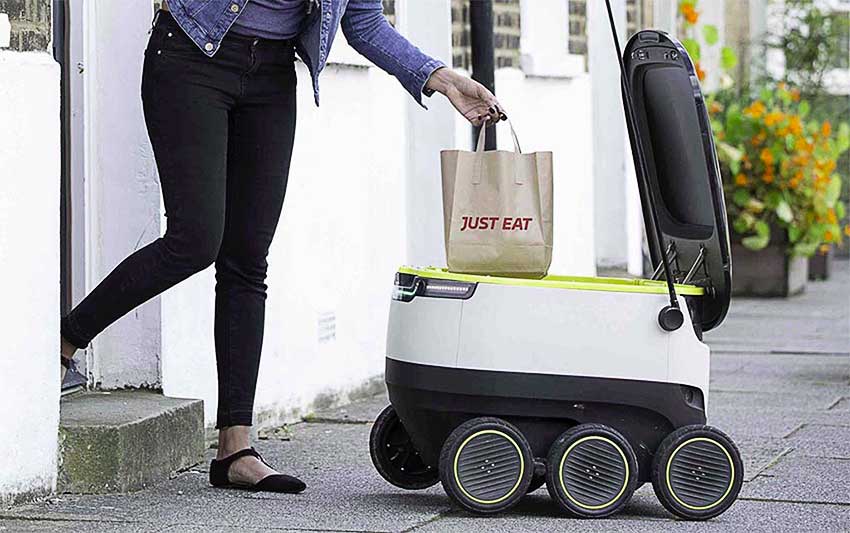
– Another startup Starship Technologies is already testing its Delivery miniature Robot for service that is on sidewalks according to the idea of "last 30 meters"
.
|
|
|








